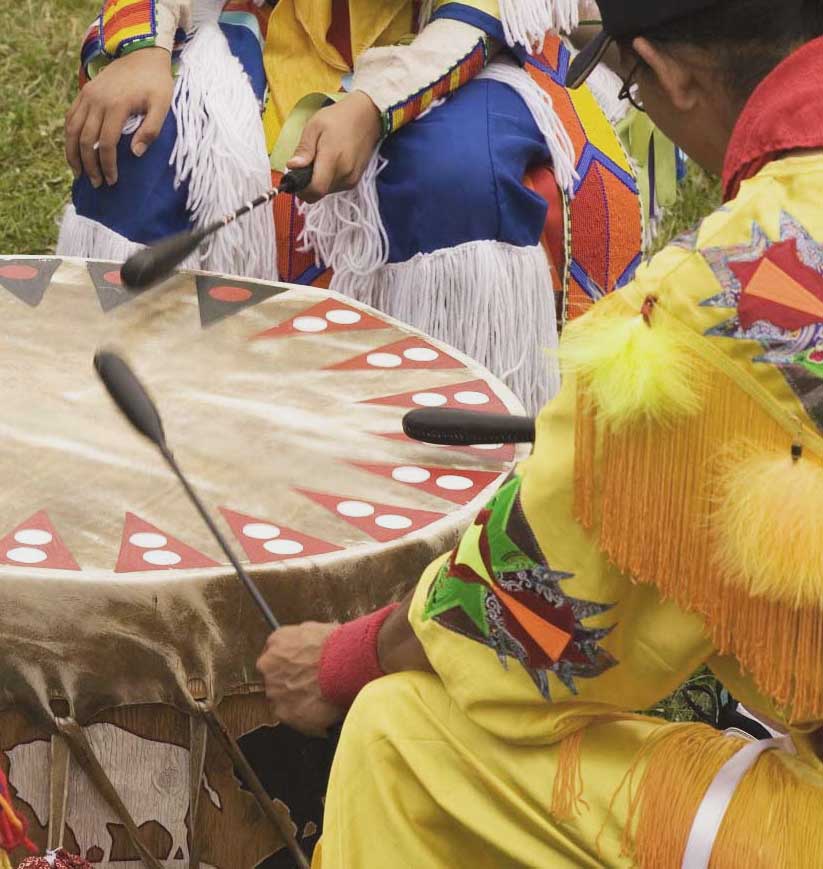Culture

Protective Factors
Protective factors are elements in a person's life which make it easier to avoid hazard or risk. Protective factors can come from individuals, families, and communities. The following behavioral, social, familial, or environmental factors may help prevent or reduce the likelihood that an individual may misuse or become dependent on opioids:
- Positive connections to family, friends, or community
- Strong coping and problem-solving skills
- Cultural or religious beliefs that value self-preservation
- Availability of and access to clinical services and medical treatment
- Willingness to get treatment
Traditions and Connections for Urban Native Americans (TACUNA) Project
Traditions and Connections for Urban Native Americans (TACUNA): Utilizing community-based input to develop an opioid prevention intervention for urban American Indian/Alaska Native emerging adults — abstract about TACUNA, a culturally grounded program for urban Native American young adults, with links to full text
International Overdose Awareness Day AI/AN PSAs
CDC Real Stories of Recovery
Real Stories from real people who have shared their personal accounts about dealing with prescription opioids.


